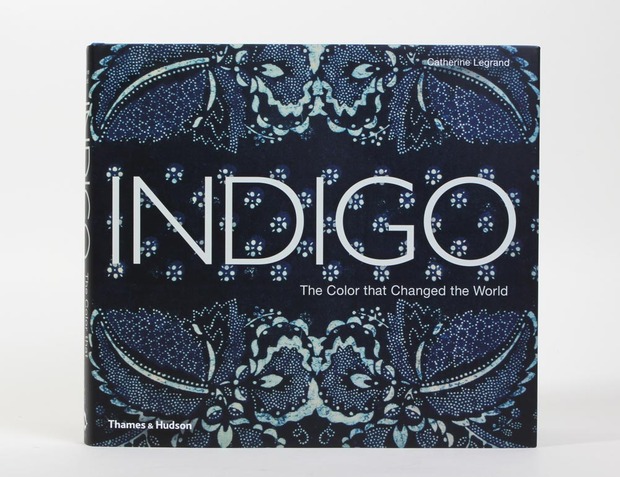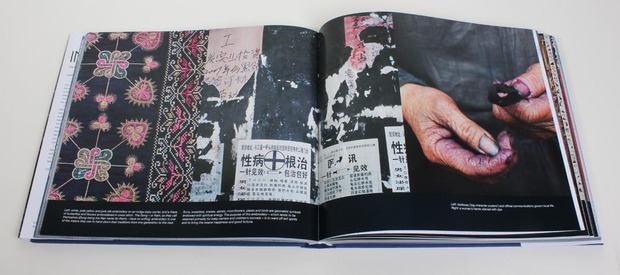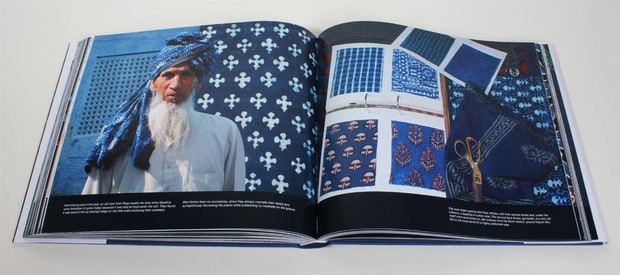Indigo: The Color that Changed the World
Catherine Legrand’s definitive guide to the blue dye

From the Golden Triangle to Central America, varieties of the indigofera plant have been cultivated and used in textile production for centuries. While synthetic dyes have largely replaced the lengthy and somewhat cumbersome method used to create indigo—it takes nearly a year to make, from planting to harvest, and then it must be fermented—a select few global communities continue with the old way. In “Indigo: The Color that Changed the World,” Catherine Legrand travels the world in search of the people and communities that still produce indigo, tracking history through the lives of contemporary artisans.

In each of the areas explored by Legrand, the author finds similar methods for cultivation, pigment extraction and dying methods, although the final products range from turbans to quilts depending of the textile needs of the area. Hundreds of color photographs serve to illustrate the process as well as the variety of indigo applications. In indigo-producing communities the dyers are not hard to find, marked by their stained hands and often surrounded by blue-washed doors and walls.

Somewhere between an academic study and an in-depth journalistic piece, Legrand’s book is more than a collection of sublime photography. Austrian dyer Josef Foo takes Legrand and her readers through the production of woodblock-printed indigo. He even offers a recipe for papp, a dye-resisting solution that allows for brilliant contrast of blues and whites. Theoretically, one could reproduce the method at home—so long as you have access to lead sugar, powdered gold and blue vitriol.

The collection also details the seasons of indigo, from March seeding to the second cut of August to the hot fermentation of the leaves in November. The tools of indigo production—wood blocks, brushes, muddlers, dye pits—are living artifacts of the dying art. Legrand’s greatest achievement is her ability to put a face to the process, giving name to the world’s leading dye artist while recording their personal histories and economic realities.
Indigo: The Color that Changed the World” is available on Amazon. See more images of the book in our slideshow.
Images of the book by James Thorne


















